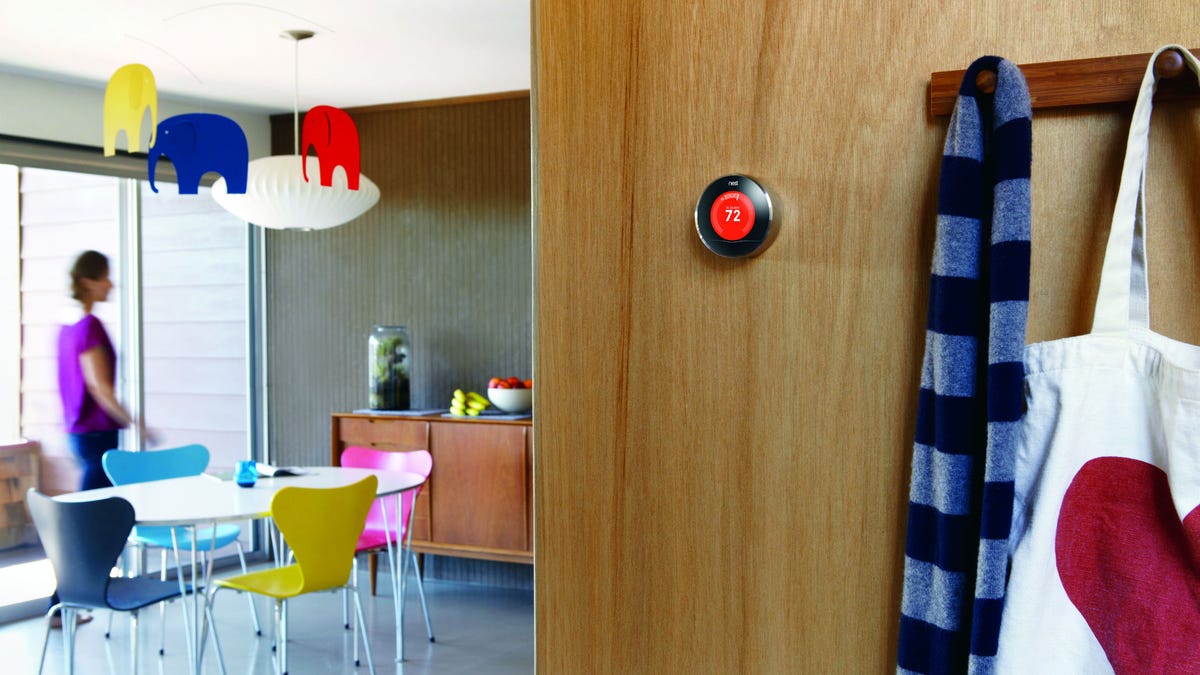Next step for connected devices? Connect the devices
When it comes to the connected home market, the hot action won't be so much in the devices themselves, but in platforms that tie together different products.

That's what Alex Hawkinson, chief executive of SmartThings, envisions. His startup makes a family of Internet-connected devices for the home. SmartThings also runs a platform service that helps people remotely control all of the other disparate devices made by different companies that are beginning to make their way into people's homes -- things like "smart" locks, lights, thermostats, and electrical plugs.
That's just one prediction for what's likely going to emerge from the nascent connected home market in the upcoming year. But it encapsulates the kind of thing that industry insiders expect to see in 2014: important improvements not in the products themselves, but in the services around products.
The thinking is that the big opportunity will be for platforms, or hubs, like SmartThings, vying to tie together the so-called Internet of Things (a press friendly name for the connected device category), said IDC analyst Jonathan Gaw. With consumers actually starting to pay attention to connected products, the need will come for an easy way to manage all of them, despite their different manufacturers and ecosystems, Gaw said.
To be clear, connected devices still have a long way to go before they become a mainstay, or even more than an occasional fixture, in American homes. According to the latest research out of Forrester, only 2 percent of households currently use connected lights, climate control, or energy management, while only 5 percent use a connected security system. And about 30 percent to 40 percent of households say they're interested in using these kinds of devices and services in the future, according to the report which came out this week. But, if only anecdotally, the market has been making progress in the last few years, with legacy companies like General Electric and Honeywell investing in connected products.
Other companies trying to tie together the home include Revolv, which CNET described as designed to be the "central nervous system for your smart home devices." The product is a hub that connects to your home's Wi-Fi and acts as a universal remote for all your devices, instead of having to control them through each product's individual app. The product works with devices like the Nest thermostat and Yale locks.
But not everyone agrees that an umbrella platform operated by a single company is necessarily the best way to organize the connected devices in your home. Jason Johnson, co-founder and CEO of August, which makes a smart lock, is concerned about the business model of some platforms. "I'm not sure people want to pay a monthly fee, forever. Because it is forever," he said. Johnson is also the founder of the buzzword-tastic Internet of Things Consortium, an alliance of connected device companies. (SmartThings is also a member.)
Johnson instead believes that having an open API for products like the August lock to "talk" to other devices is the way to go. He said he's just not convinced people need one app on their phones to control all their home's devices. Frank Gillett, an analyst at Forrester, largely agrees, and thinks people will be intimidated by subscribing to a service of bundled devices.
It may seem incongruous that the predictions for such a Jetsons-invoking topic are more logistics-based and less space age. But it's in line with how the connected home market has progressed for years. "I've learned not to get excited for anything," said Gaw, who has been covering home automation for over a decade. "It's like a slow-moving freight train, but it's really hard to stop it once it gets going."

